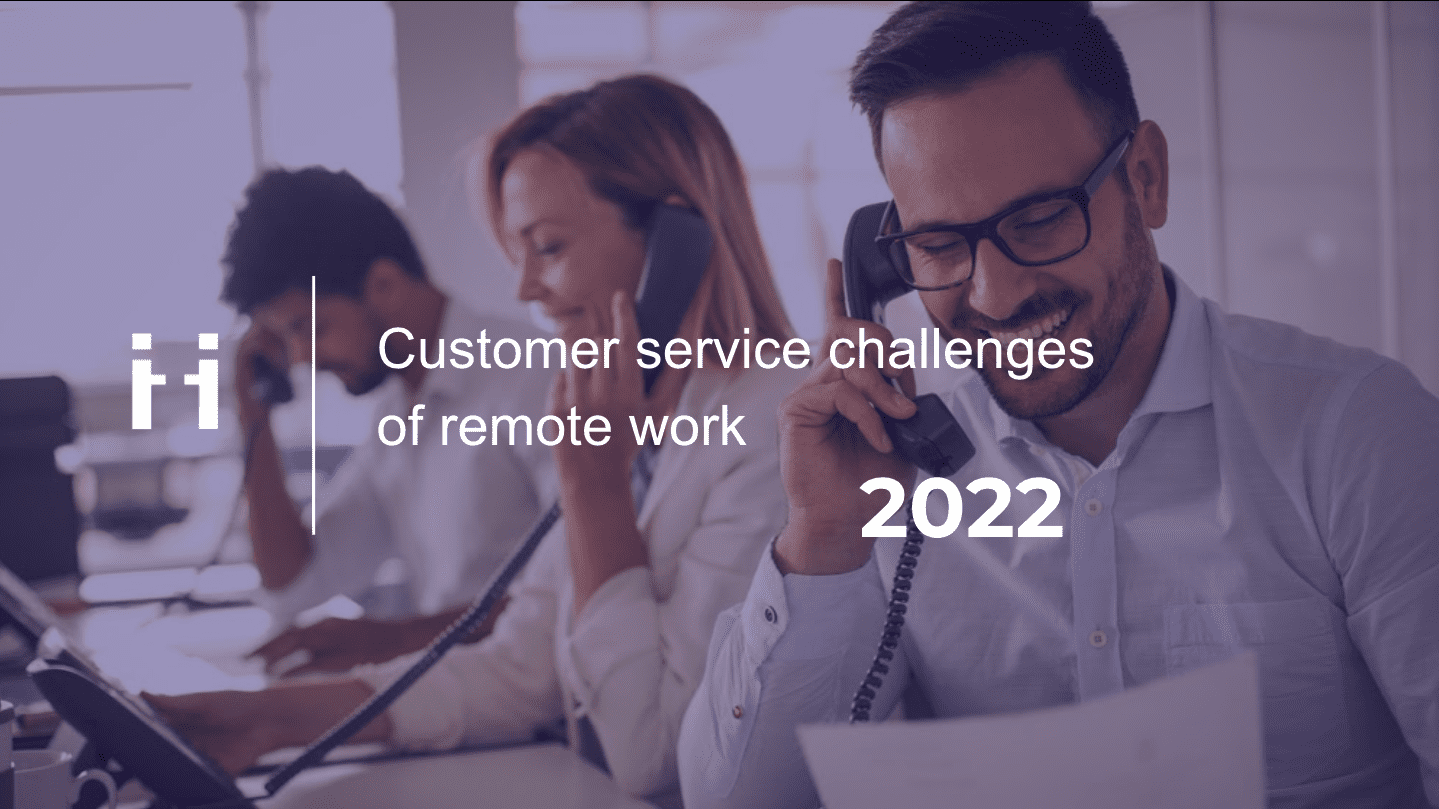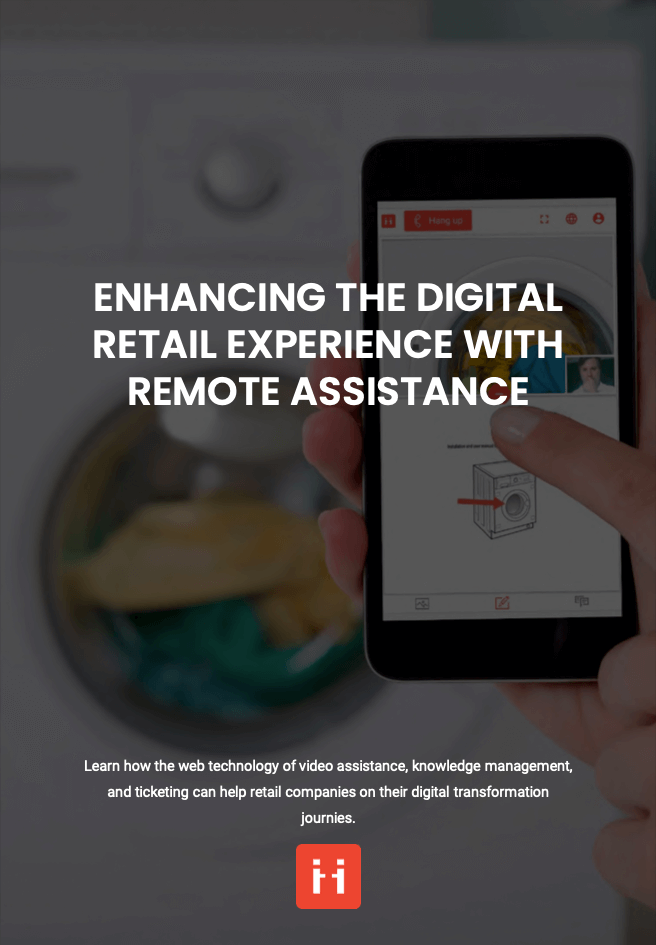
Share this article
Share this article
Before 2020, only a few companies across the globe had remote work best practices in place where they were used to allowing team members to work from home for a certain period of time regularly. However, for a lot of organizations, from start-ups to multinationals and traditional businesses, moving to remote work was something they were new to.
Fast forward to now, they are still doing so and will continue it for an extended period of time. Big companies have already announced that their talent can work from home permanently if they wish to.
The pandemic scenario in the past couple of years has pushed companies to operate remotely. When it comes to roles that leverage cloud-based systems such as IT, marketing, finance, or product management tools like Monday, it’s relatively easier to be working from a remote location, but for roles such as customer service or sales, adjusting to remote work is not so simple.
Remote work was not a common sight in customer service. Companies were clueless about how such massive customer service teams which worked exclusively in offices with fixed desktop systems could work from home. Many however scrambled to transport desktops, laptops, and other IT peripherals to the homes of their workforce while others adopted BYOD with proper security and VPN software systems in place.
Today, according to Gartner, 76% of customer service and support functions have 80% to 100% of their staff working from home. 89% of service leaders forecast 30% to 80% of their workforce will still be working from home two years from now.
At a time when 92% of customers expect their customer care contact levels to be just like what it was pre-pandemic, companies have to ensure that customers get a good service experience and do not leave. But that is not enough to make them loyal. While customer service executives continue to work remotely, certain challenges have propped up in recent times and have impacted the Net Promoter Scores of many brands.

A survey by Slack reveals that there is some catching up to do when it comes to communication and coordination, with the lack of it being one of the biggest challenges of remote work. The challenge of building a resilient remote workforce is not just limited to not having enough tools or about how well those tools are being leveraged. It is also about the communication and coordination with teammates which used to happen at the contact center of the office premises. It leaves remote workers feeling isolated and even though they are using a communication tool to ping their colleagues and wait for answers, they are making an impatient customer wait for long. Such incidents can easily result in customer churn.
A CRM system powered by visual support can facilitate better collaboration among employees as well as automate it. It also stores customer data in one place, so the employees can see clearly what issues have been resolved and what requests need to be managed, which eliminates unclear communication.
A customer service personnel is not alone when it comes to handling customer queries, and it should not be that way either. Typically, floor managers are one of the support systems for customer service representatives. But when it comes to remote work, managers are caught up in a whirlwind. They aren’t able to decide which service representative to support and which query should be addressed earlier. This too leads to a lot of tension between the manager-agent and affects their relationship.
To avoid this, companies can implement visual assistance that will directly connect employees in one click with no download needed to assist the customer in the after-sales process. ViiBE enables an immediate start of the call and allows the employees to resolve the issue without having to travel on-sight. After the issue is resolved, all the files can be stored for future reference, and in case the manager’s involvement is needed, everyone can access the attachments and provide a comprehensive solution.
This is also where remote knowledge workers such as e-mail marketers, CRM marketers, customer outreach specialists, content marketers, chatbot marketers, community managers, etc. can pitch in.

According to Harvard Business Review, more touchpoints mean more complexity. One of the biggest challenges companies face is ensuring a seamless cumulative experience across multiple touchpoints. A remote worker cannot afford to leave chat support in the middle and ask the customer to call a customer service representative, who will then direct the call to another senior representative for answers.
To avoid this, there should be distinct processes for each type of customer request. Moreover, companies should have clear-cut guidelines or policies for handling any query at its first touchpoint and encourage all remote workers to adhere to them. Once it is settled, ViiBE can ensure that each customer is connected to the right expert according to the issue they are trying to resolve.
Failing to understand and measure multiple aspects of customer service is one of the key challenges that remote workers face. Most companies tend to have 1 or 2 customer service KPIs and ignore the fact that on average, there are more than 5 aspects that customers can leave as breadcrumbs for the company to quantify. KPIs such as:
Knowledge sharing is one of the major issues when it comes to remote work. Simply because there is a lack of traceability in interactions among employees. There is also a potential of losing the gained knowledge, as well as the time when explaining the workflow to the new experts.
To prevent this from happening, ViiBE’s archives create an easily accessible knowledge base where employees can save and retrieve detailed information about each session. This additionally empowers the employees to learn new skills and upgrade the ones that they already have.
With the changing scenario of the usual work scheme and the remote work coming into the spotlight, companies have to address numerous issues and such remote assistance tools as ViiBE can significantly improve their customer satisfaction and problem resolution rates.

Free E-book available now!